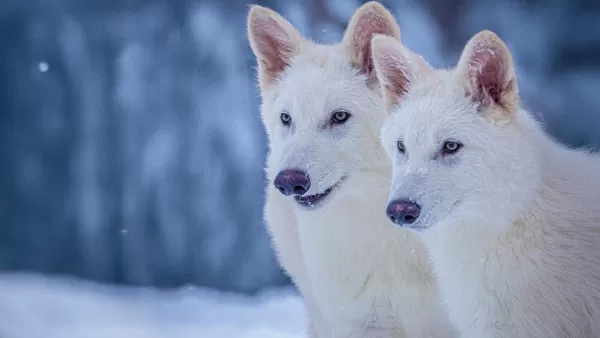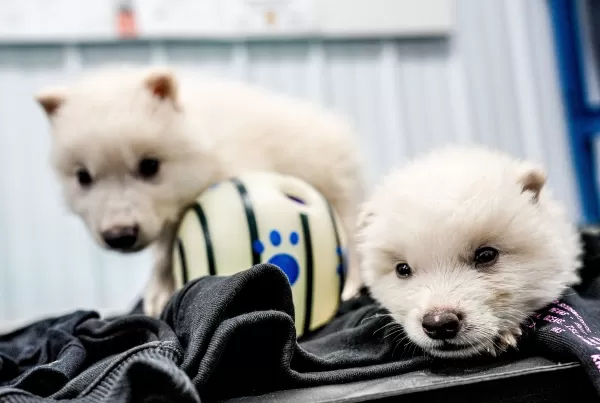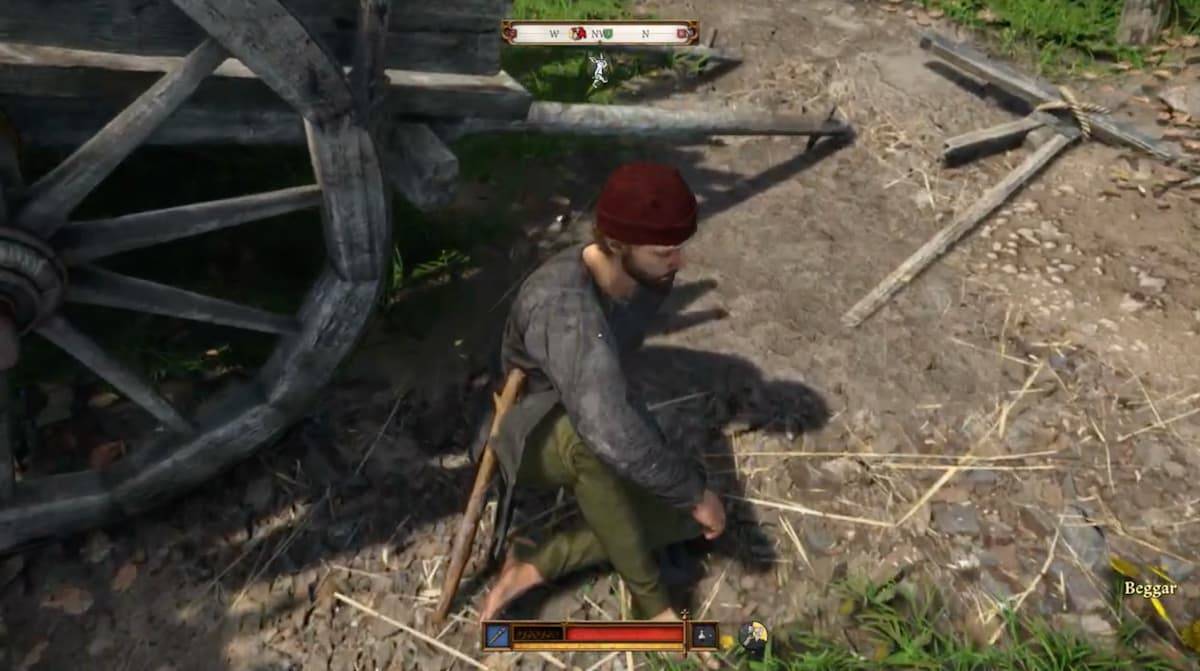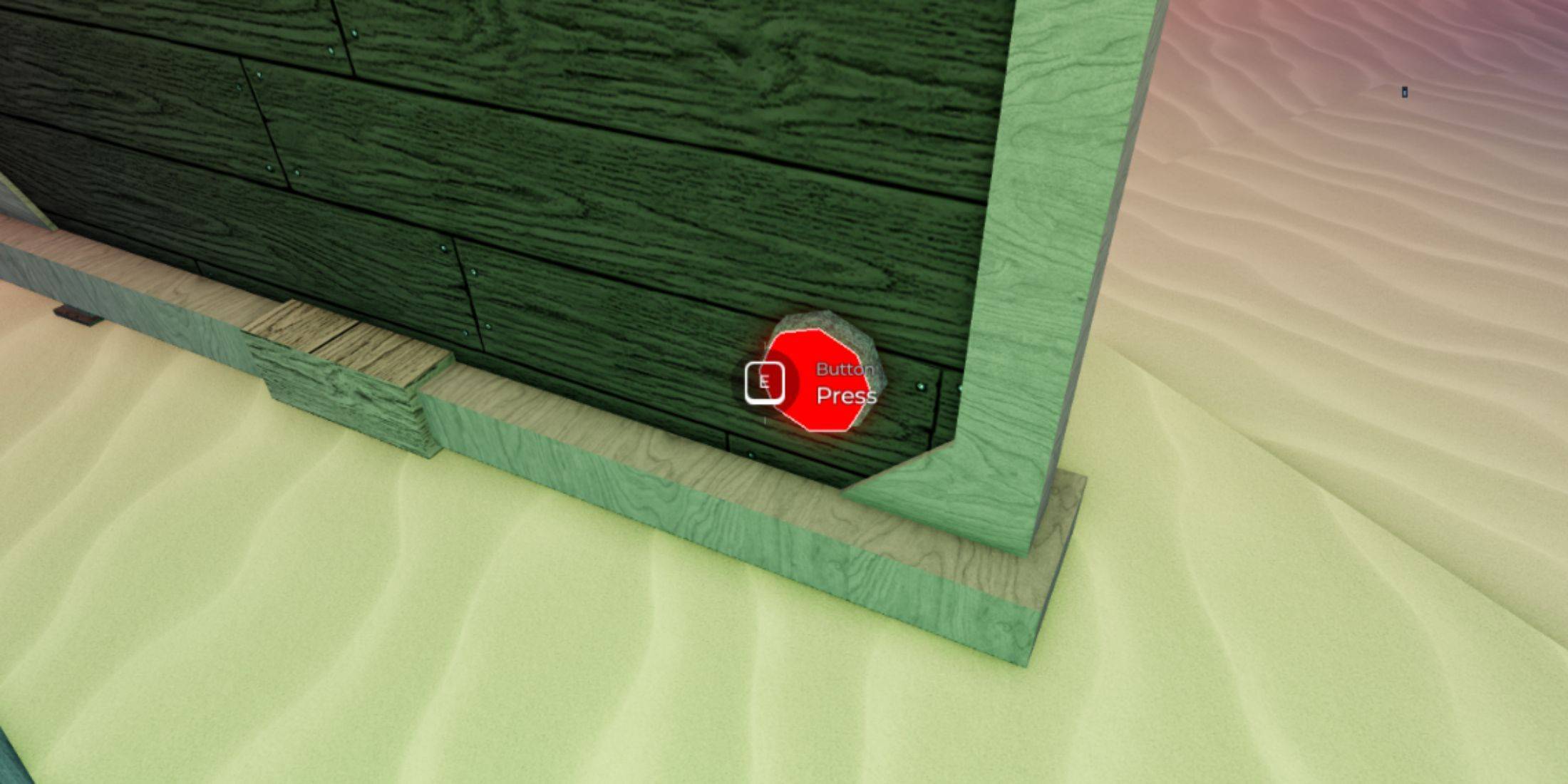Science Revives Extinct Dire Wolves
Bringing a super-sized canine back from extinction after 12,500 years might sound like the plot of a thrilling movie filled with special effects and dramatic scenes, but it's a reality thanks to the efforts of the biotech company Colossal Biosciences. The world now has three dire wolves—Romulus, Remus, and their younger sister, Khaleesi—residing in a secret location in the US.
 Romulus and Remus at three months old
Romulus and Remus at three months old
Colossal Biosciences achieved this feat by using the DNA of the common gray wolf, advanced gene-editing techniques, and domestic dog surrogates. The result? Three majestic, white, and awe-inspiring dire wolves that any fan of fantasy would be proud to call their own.
“I could not be more proud of the team. This massive milestone is the first of many coming examples demonstrating that our end-to-end de-extinction technology stack works,” said CEO of Colossal Ben Lamm.
“Our team took DNA from a 13,000 year old tooth and a 72,000 year old skull and made healthy dire wolf puppies. It was once said, ‘any sufficiently advanced technology is indistinguishable from magic.’ Today, our team gets to unveil some of the magic they are working on and its broader impact on conservation.”
 Romulus and Remus at one month old
Romulus and Remus at one month old
Colossal Biosciences is no stranger to making headlines. The company previously engineered a Colossal Woolly Mouse, designed to resemble a mammoth phenotype, using computational analysis of 59 woolly, Columbian, and steppe mammoth genomes ranging from 3,500 to over 1,200,000 years old. However, critics argue that the dire wolves are essentially normal wolves in elaborate costumes, suggesting that the available dire wolf DNA isn't sufficient to create a true genetic clone.
The company's mission extends beyond creating viral sensations and owning extraordinary pets. Colossal Biosciences aims to use its findings to preserve current species for future generations.
“The de-extinction of the dire wolf and an end-to-end system for de-extinction is transformative and heralds an entirely new era of human stewardship of life,” said Dr. Christopher Mason, a scientific advisor and member of the board of observers for Colossal.
“The same technologies that created the dire wolf can directly help save a variety of other endangered animals as well. This is an extraordinary technological leap in genetic engineering efforts for both science and for conservation as well as preservation of life, and a wonderful example of the power of biotechnology to protect species, both extant and extinct.”
Colossal Biosciences has collaborated with the American Humane Society and the USDA to ensure the welfare of the dire wolves, who live on a 2,000+ acre preserve and are cared for by a dedicated team of staff.
- 1 Roblox Forsaken Characters Tier List 2025 Feb 14,2025
- 2 Pokemon Go’s first Community Day of 2025 will feature Sprigaito Jan 05,2025
- 3 Marvel Rivals' Controversial Hitbox System Draws Attention Feb 11,2025
- 4 Holiday Thief Arrives in Seekers Notes Dec 26,2024
- 5 Watcher of Realms Is Dropping New Heroes and Skins This Thanksgiving and Black Friday! Dec 30,2024
- 6 Jujutsu Kaisen Phantom Parade: Tier List Update for 2024 Dec 28,2024
- 7 How To Find and Beat the Storm King in LEGO Fortnite Jan 05,2025
- 8 Goddess Of Victory: Nikke Is Dropping a New Year’s Update and Collabs with Evangelion and Stellar Blade Soon Jan 04,2025
-
Mastering the Art of Digital Tools
A total of 10
-
Hidden Gems: Unexpectedly Useful Other Apps
A total of 10
-
Ultimate Strategy Gaming Experience on Android
A total of 10















![LeMOMnade: Family Squeeze! – Version 1.1.1 [mtrellex]](https://img.3xbz.com/uploads/38/1719569762667e8d62c486e.jpg)

![My Cute Roommate 2 – New Version 1.0 Extra [Astaros3D]](https://img.3xbz.com/uploads/38/1719606486667f1cd652f1a.jpg)












